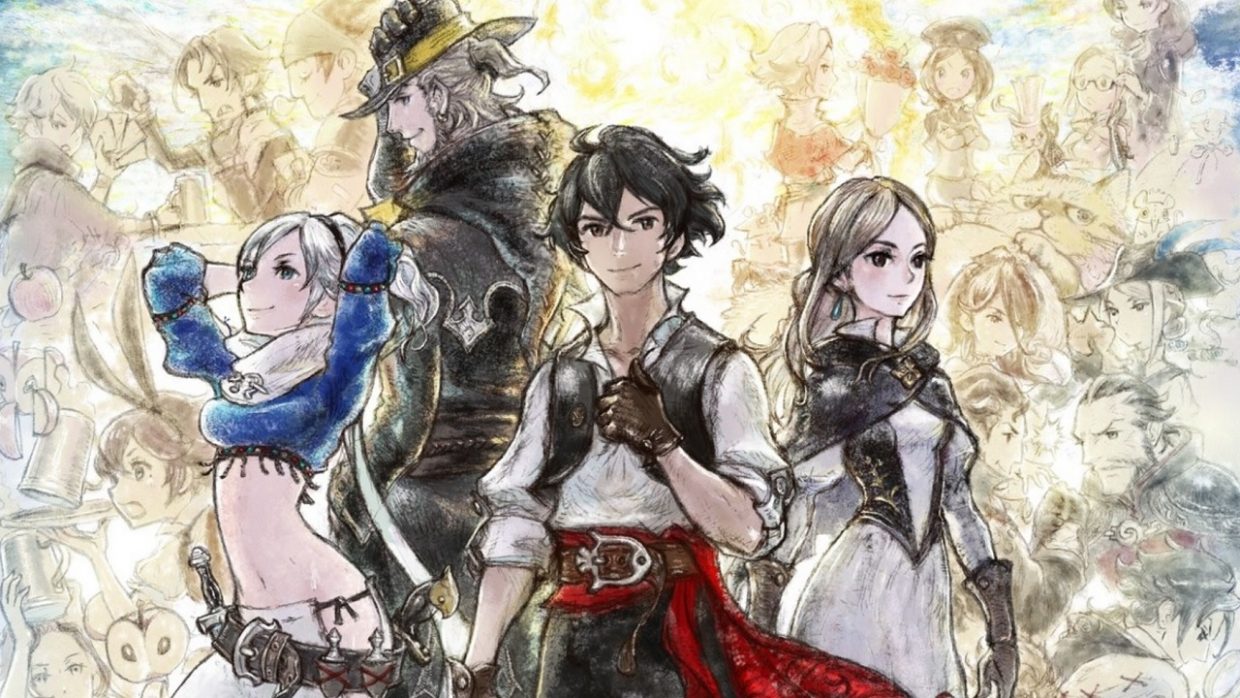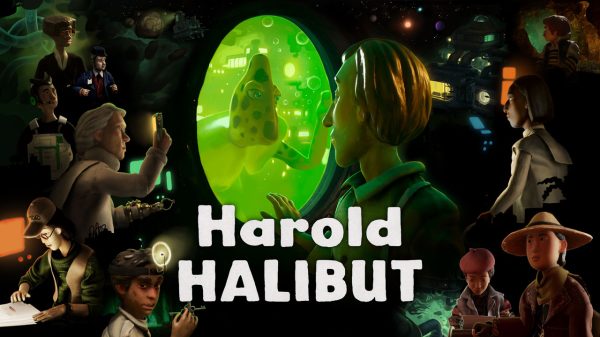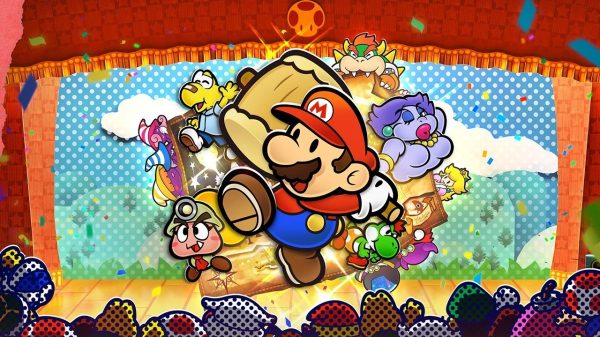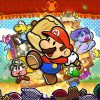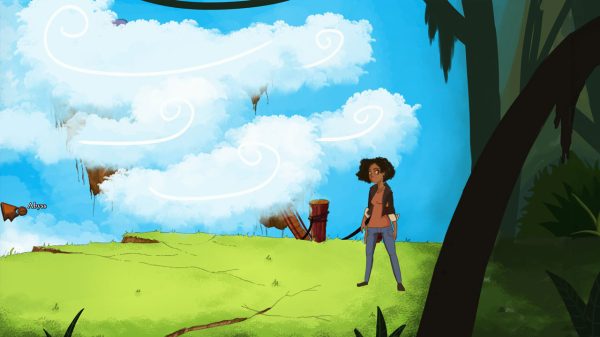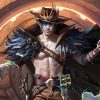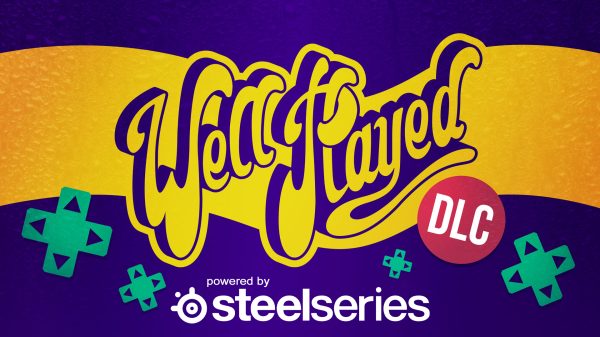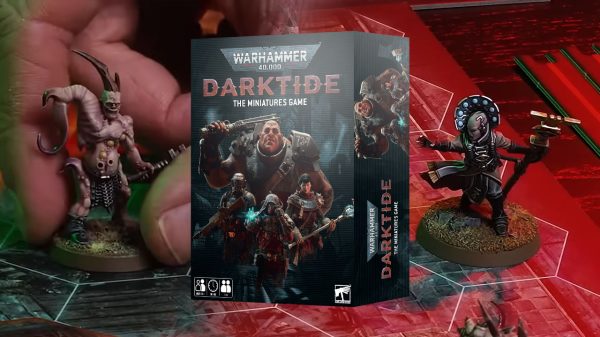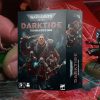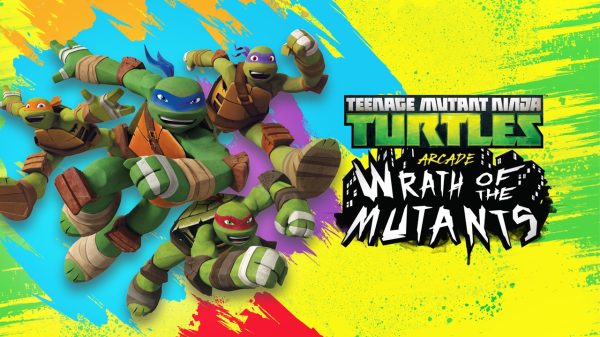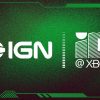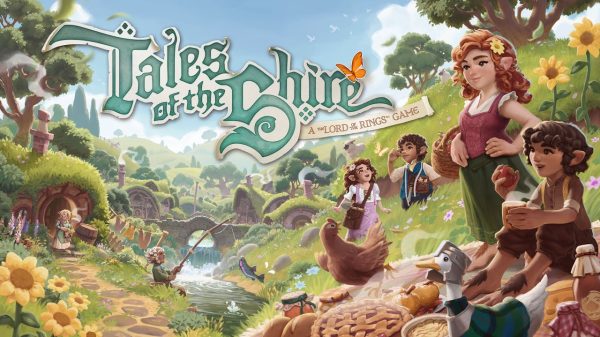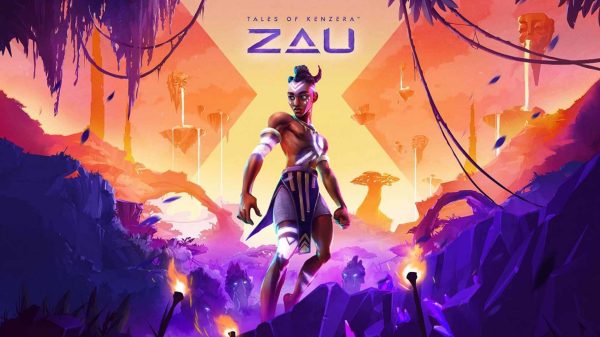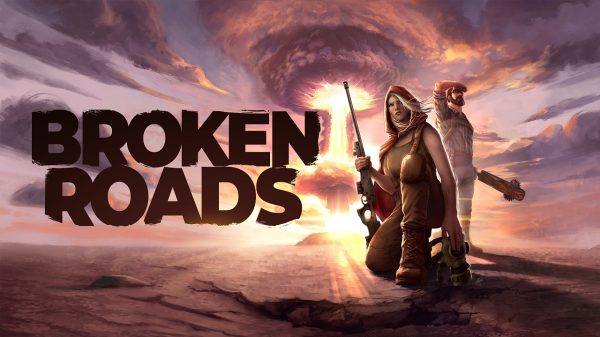Four elemental crystals. Four unlikely Heroes of Light. An impending calamity and an invading military force hellbent on capitalising on it. These are the building blocks of a classic JRPG, the very ones that have held up the Final Fantasy series in varying capacities over its lifetime and so did the same for 2012’s Bravely Default. It’s precisely what you can expect from Bravely Default II nearly a decade later too, the numbered sequel taking another cue from its inspiring franchise and telling a brand new story in a new universe. Where the Final Fantasy series has taken to trying out new narrative and gameplay formats each time though, this is an unapologetic repeat of everything that made the first game (and its direct sequel, Bravely Second) what it was. The good news is that what worked then still holds up a bloody treat now.
Bravely Default II’s story introduces players to Excillant – a world of kings and queens, magic, fairies, dragons and four elemental crystals responsible for keeping an ancient evil at bay. It’s a matter of introductions for its main character too, a sailor washed ashore by storms with no connection to or recollection of the land he’s arrived at. Following his rescue at the hands of a displaced ruler named Gloria, the nameless (until you name him) would-be hero discovers that Gloria’s kingdom – once responsible for the four crystals’ safeguarding – has been destroyed by the invading nation of Holograd and the crystals strewn about the world. With the hero agreeing to help in an effort to understand his position the pair set off to locate the crystals, eventually finding themselves in fellowship with a mage, Elvis, and his travelling companion, Adelle, themselves on a crystal-adjacent quest.
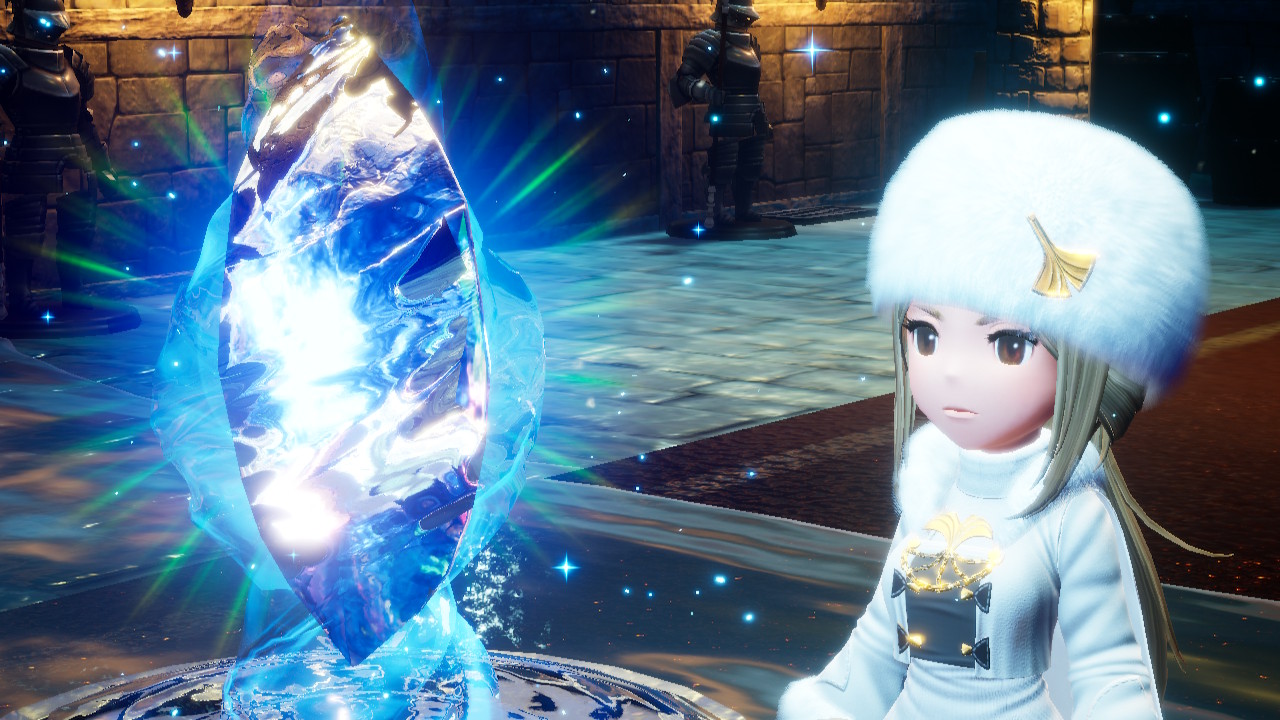
So it’s with this party of four that the game’s lengthy tale takes place, as the quartet travels from city to town to city across Excillant in an effort to recover the crystals and thwart both an impending, ancient calamity and the Hologradian army responsible for unleashing it. It shouldn’t come as a shock that the value in Bravely Default II’s storytelling isn’t in its central plot, but in the personal journeys of its characters and the situations they find themselves in each stop along the way. Each of the game’s main chapters typically finds its heroes travelling to a new kingdom, all of which have mysteriously found themselves in possession of one of the crystals and now suffer its effects. For instance, the desert kingdom of Savalon has flooded thanks to a despicable despot who uses the Water Crystal to monopolise the nation’s water supply, while the Earth Crystal has caused the wizarding nation of Wiswald to be overgrown and overrun by plant life.
There’s more to each predicament, naturally, and the whole thing comes to a typically bombastic head after weaving through some surprisingly dark moments. There’s an appreciable reverence for ye JRPGs of olde in most of the game’s themes, but it’s all presented in a way that feels unique to the Bravely Default games. There are some genuinely intriguing and engaging stories and character arcs here, and returning fans can look forward to the kinds of ending shenanigans that have become part-and-parcel with the series. There is an occasional tonal dissonance that stems from the continued dedication to chibi-style character designs and some wildly over-the-top accents. The characters still look great within the game’s aesthetic and the dialogue is entertaining at every turn, but there’s definitely a measurable deficit in the gravitas of some prominent plot points thanks to these giant-headed characters straight out of a Pro Skater cheat code, particularly when the story moves to themes of serial killers and Midsommar-esque ritual sacrifice.
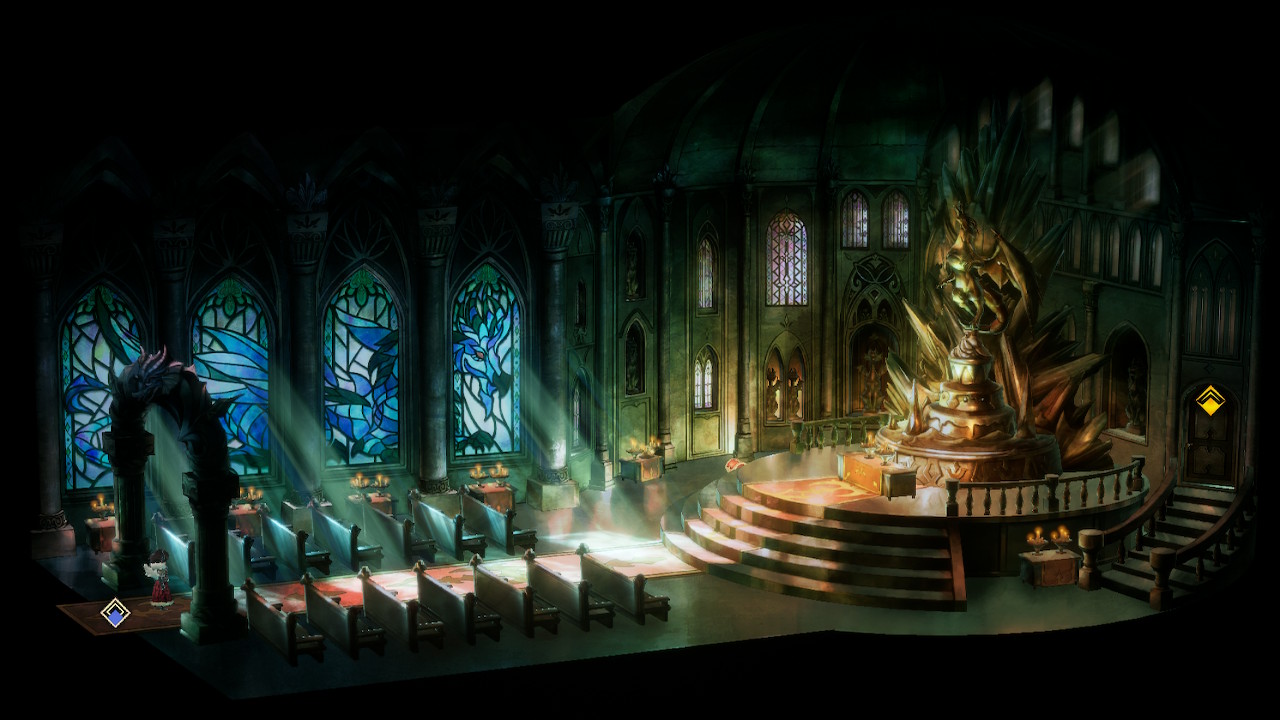
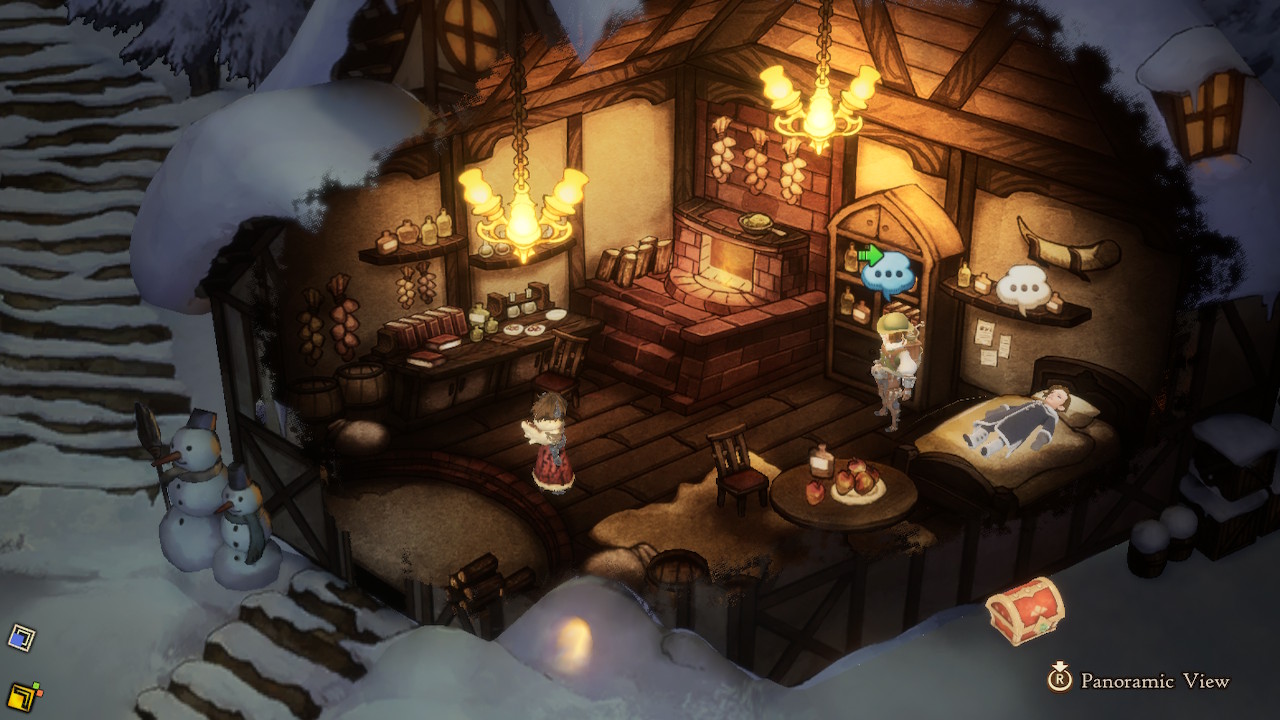
Luckily, other staples of the Bravely Default design code have made the transition to the Switch in a more spectacular fashion. The original two games’ gorgeous mix of hand-painted and 3D elements returns, and the transition to a HD console has been very kind indeed. Though the more traditional 3D elements in places like the overworld and a lot of the dungeons aren’t quite as exciting, it’s the enormous and intricate city and town backdrops that truly impress. There are some stunning views on offer, and the Unreal 4 engine adds even more to Bravely Default II’s look, bringing with it some eye-catching effects and really pushing the amount of detail in its art. The heavy use of tilt shift-style depth of field gives the whole thing a diorama/pop-up book vibe that syncs well with its puppet theatre-esque dialogue sequences, and though it’s overused in areas it can at least be turned off according to preference.
As much as I’d recommend playing Bravely Default II on a TV where possible, it also truly deserves to be heard through decent speakers or headphones for its stellar original soundtrack. Everything from the killer guitar riffs layered over energetic battle themes to the atmospheric overworld and dungeon tunes is excellent. Perhaps not quite as memorable as some of the greats in the genre, but consistently solid throughout and with a handful of certified classics in the mix.
Mostly, this all plays out according to a pretty standard JRPG ruleset; travel to a new area/town, meet some new faces and advance the story, pick up some side quests and then go dungeon crawling until you hit the next story beat and move on to the next place. It works, and to the game’s credit it throws a couple of curveballs in along the way, but nothing will surprise genre veterans. A steady flow of side quests keeps things content-rich, with some of them leading to entertaining, self-contained storylines while others are hilariously on-the-nose about being nothing more than filler and fetch quests. The game’s dungeons are a tad disappointing, most being nothing more than a haphazardly-plotted series of rooms and corridors populated by monsters. Random battles are gone at the very least – enemies are represented on the field and can be avoided or surprised as the situation calls for. It all starts out feeling a little bog-standard in the early hours before the world and various gameplay systems really open up, but it gets there soon enough and manages to strike a nice sense of momentum all the way through.
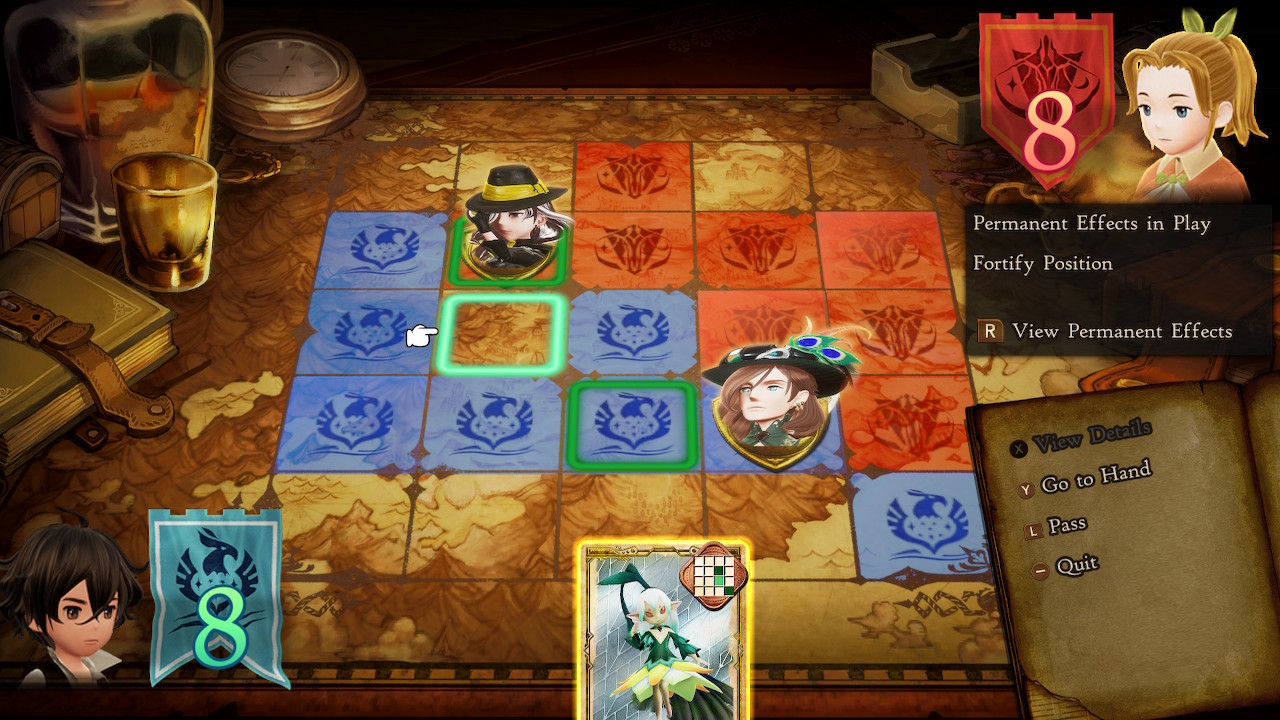
There’s even a neat, Triple Triad-esque trading card game!
Keeping with the theme of “If it ain’t broke, don’t fix it”, Bravely Default II’s combat system sticks very close to what was established in the previous games on 3DS. Luckily, those games’ turn-based battles and their unique risk/reward mechanics are just as compelling now as they were years ago. The series’ namesake Brave and Default mechanics make an obvious return, adding an extra layer of strategy by allowing each party member to forfeit a turn to bank it for later (called a Default), or take extra actions in a turn by spending their future turns in advance (Brave). Returning players will quickly notice that the order of player and enemy turns is no longer set, though. Instead it more closely resembles the Active Time Battle mechanics of early Final Fantasy games where turn order is determined by things like speed stats and buffs (or debuffs). It makes for a slightly different feel and flow to battle, creating even more tension as successful strategies must be executed on razor-thin margins of time.
Further augmenting the flow of battle are the game’s numerous Job classes, with each party member assigned one main and one sub-job at all times. Little has changed in this sequel – jobs affect characters’ base stats as well as their abilities in and out of battle, and gain levels with use that grant even further bonuses and commands – but the roster of jobs both old and new and their varied and creative movesets makes for some very addictive strategising. It’s a beautifully chaotic mix of offensive, defensive and support options that doesn’t achieve balance so much as says “fuck your balance” and allows for a ridiculous power climb and some devastating combinations at the top end (and the top top end…). There’s a great deal of satisfaction in building out a dual-wielding swordmaster that can eat half of their own HP to wipe out an entire enemy group while your cleric/vanguard combo’s passive auto-heal buff and Brave-gifting ability tops them right back up ready to do it again.
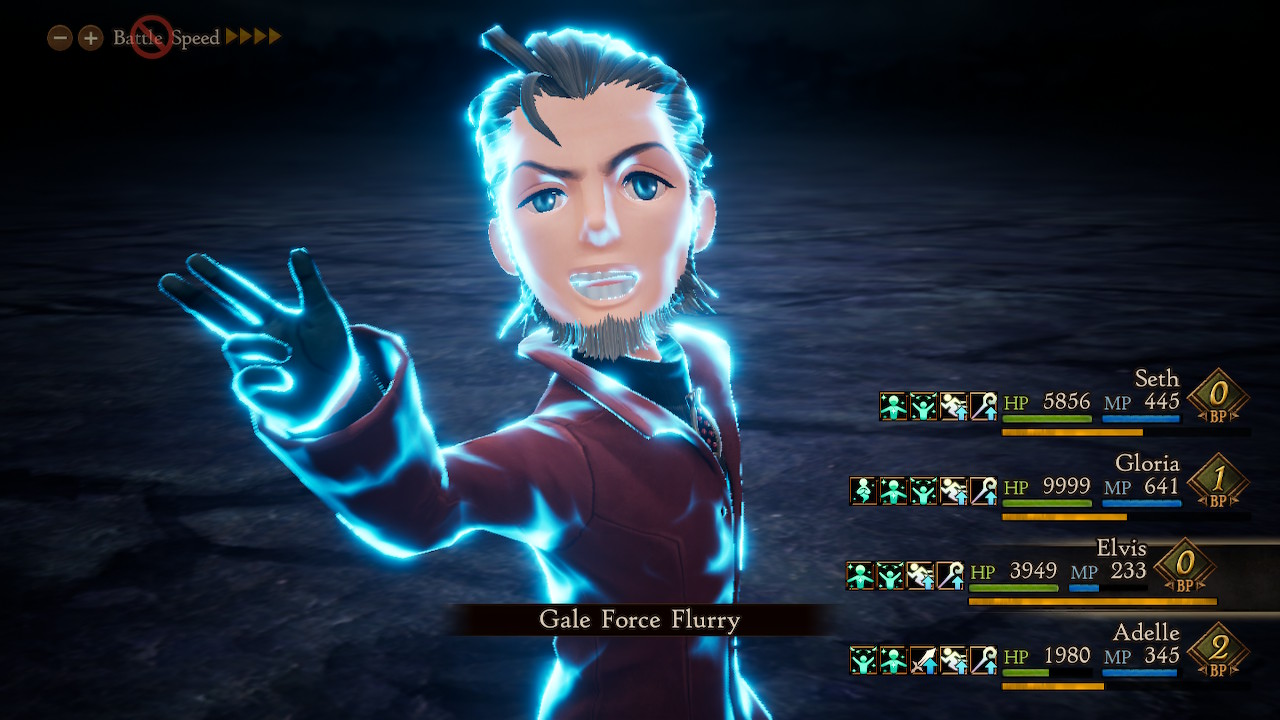
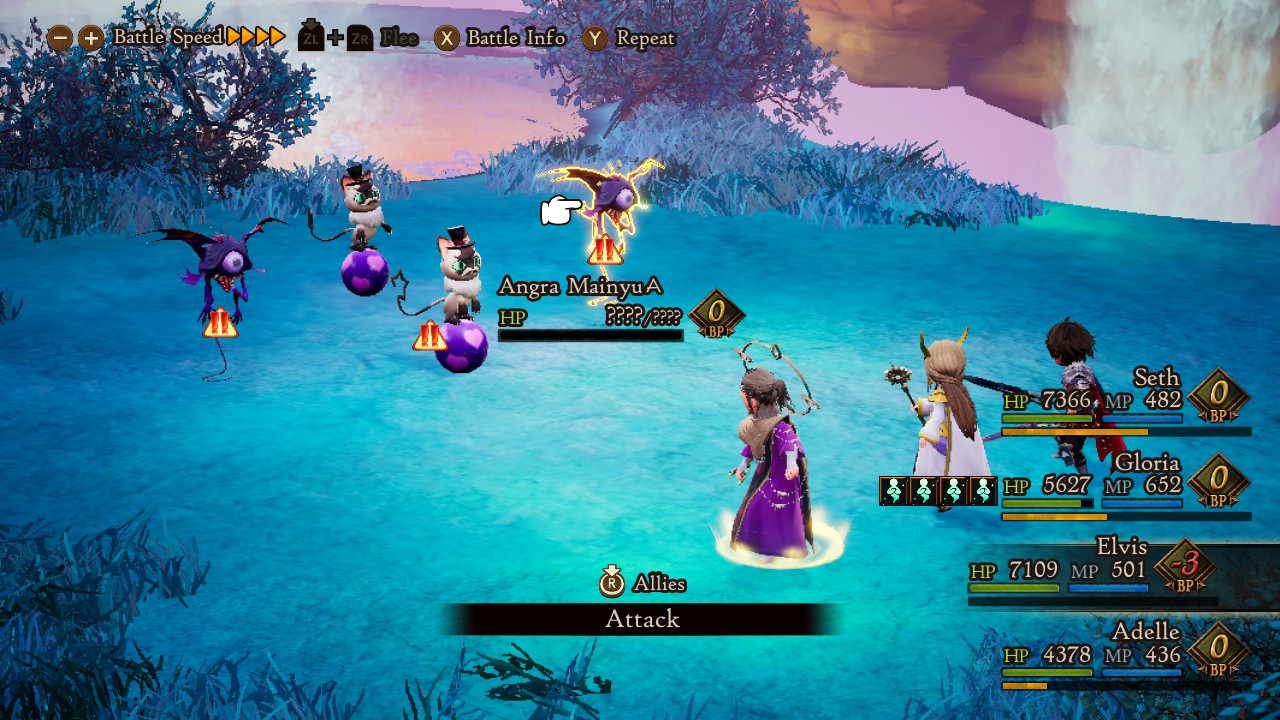
You’re going to need to make good decisions about your Jobs and gear too, because Bravely Default II’s enemies don’t pull any punches. They’re universally smart and aggressive, and typically carry very specific strengths and weaknesses that’ll test your ability to maintain a flexible and adaptable party with enough of a contingency to quickly regroup and rethink should you face an unexpected challenge.
Boss fights in particular can be unforgiving and potentially jarring when your character builds don’t match the task at hand. While the game’s difficulty curve for regular enemies is fairly smooth throughout, bosses can feel like a huge spike if you’re unprepared for their individual methods. Thankfully, experience and job points accrue at a fast enough rate that it’s not overly painful to jump out and grind for more appropriate jobs and abilities or raw levels. Those playing on higher difficulties or relying on brute force over investment in jobs and equipment might lament the amount of grinding required to pass these obstacles, but with an understanding of what the game demands it can be incredibly satisfying to spend an hour or two training and tinkering to come back and lay the smackdown on whatever foe was continually showing you the door.
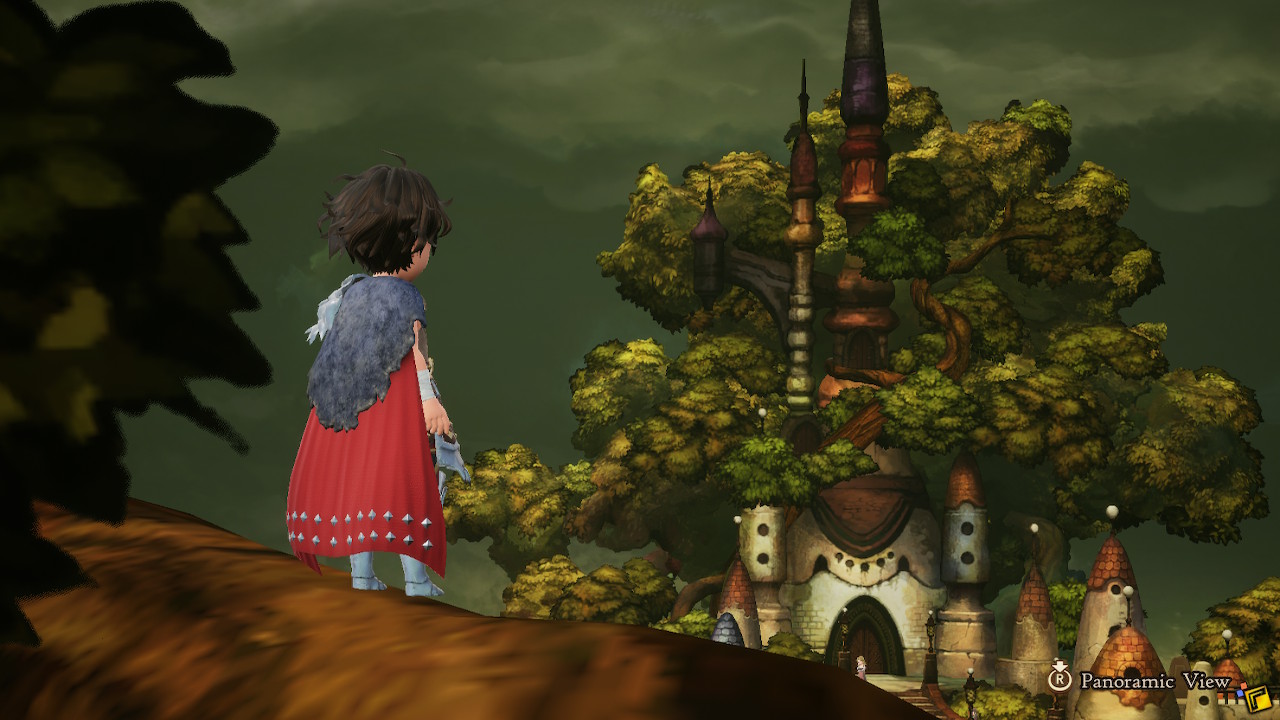
That said, it can take a while to get fully acquainted with Bravely Default II’s RPG systems thanks to some less-than-helpful UI choices. Despite most of the game’s user experience being vastly improved from its original demo thanks to a large amount of fan feedback, there are a handful of screens that still feel too clunky or obfuscated – mostly anything to do with character stats or jobs. A few extra tweaks to make things easier to find or see would go a long way to mitigating the amount of back-and-forth needed in menus, and I would have liked any kind of option to save weapon and armour loadouts for each character or job.
By the end of the 50-60 hours it takes to see Bravely Default II to its final conclusion (though there’s always more to see and do), there’s a sense of accomplishment that’s hard to find in a game like this. It’s not the twists and revelations of its ending, nor the sweet freedom after having spent so long in the world of Excillant. It’s the satisfaction of having come up against adversity time and time again and yet, each time, becoming stronger and smarter and ultimately braver.
Final Thoughts
Bravely Default II is a game that’s happy to sit comfortably in the traditionalist niche carved out by its studio’s other works, but does so with enough conviction and the right mix of unique ideas that it remains compelling. If you enjoyed the first games or just love a good ol’ turn-based JRPG it’s a journey worthy of the time and effort it takes to see it through, thanks mostly to gorgeous art and engaging systems. The Switch’s stellar library of JRPGs continues to grow and Bravely Default II is another (phoenix down) feather in its cap.
Reviewed on Nintendo Switch // Review code supplied by publisher
Click here for more information on WellPlayed’s review policy and ethics

- Claytechworks / Square Enix ASANO Team
- Nintendo / Square Enix
- Nintendo Switch
- February 26, 2020



Kieron's been gaming ever since he could first speak the words "Blast Processing" and hasn't lost his love for platformers and JRPGs since. A connoisseur of avant-garde indie experiences and underground cult classics, Kieron is a devout worshipper at the churches of Double Fine and Annapurna Interactive, to drop just a couple of names.





